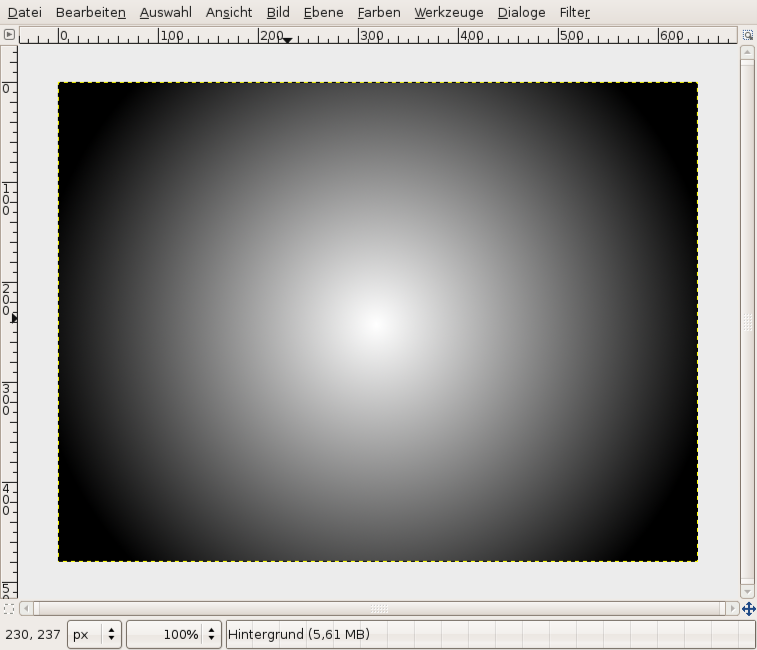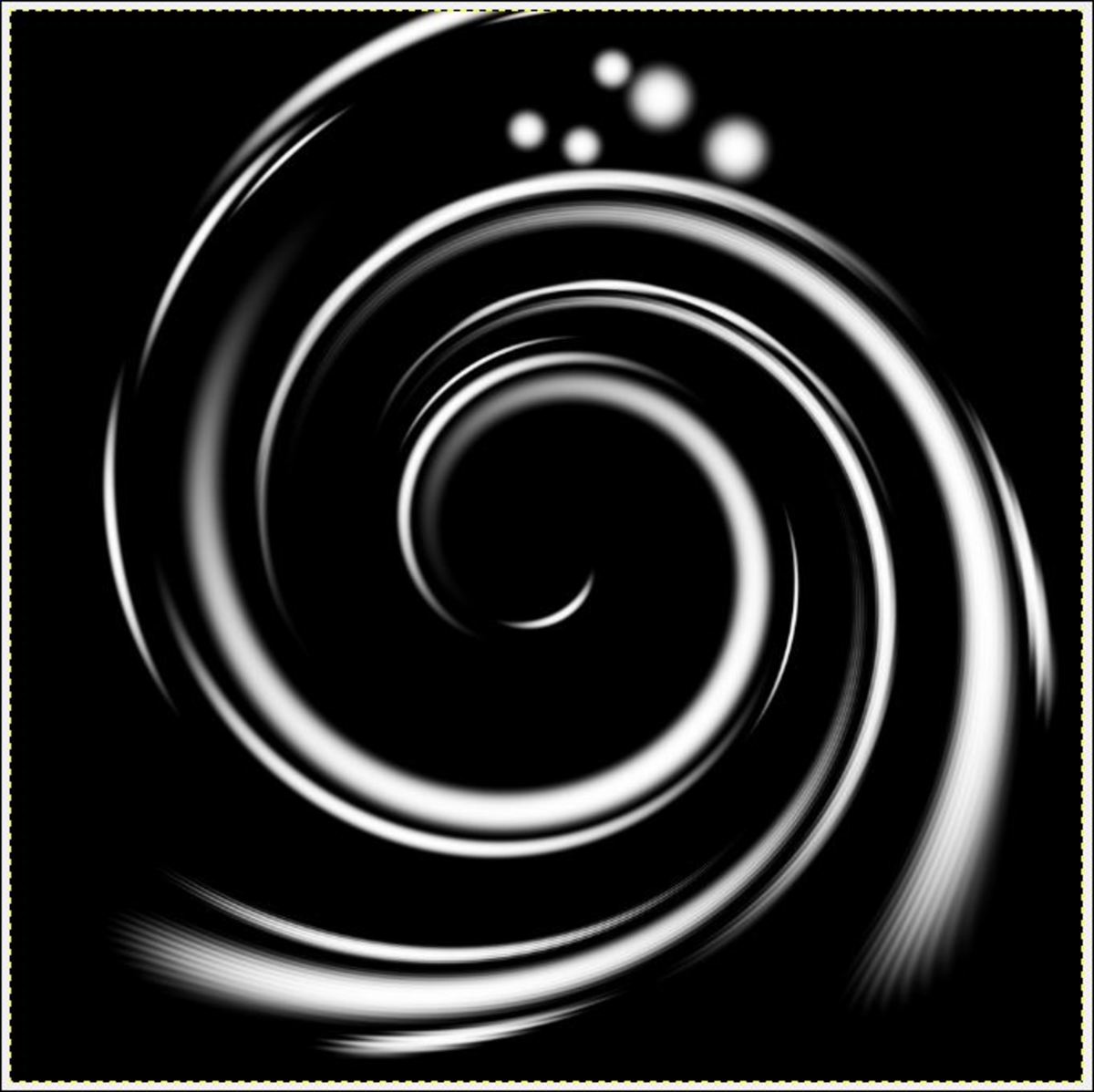

Now lets spherize the texture, go to Filters -> Distorts -> Apply Lens with Lens refraction index in 1.40ĩ. Set the layer mode to "Soft Light" and Opacity to 25%, and you'll have this, you can't notice the difference because of the size (423x423)Ĩ. This is only optional, in my case I added and seamless rock texture to add some rough aspect to my planet, I used this texture Here's an example of what you should haveħ. In this case, I only played with the Move, Grow, Shrink and Swirl (both CW and CCW) controls, you can also adjust the Deform Ratius/Deform Ammount to adjust the effects, If you're not satisfied with the first results, just click Reset and try againīefore use IWarp, I suggest you duplicate the layer Now this is the part where you need to be creative since there's no specifics rules to follow, go to Filters -> Distorts -> IWarp Select the gradient you want for your planet (I used a gradient of blue tones) and add it to the "Planet Gradient" layer, and you'll have something like thisĬheck Antialiasing, Horizontal, Smear and SineĦ.

Create a new layer and name it "Planet Gradient"Ĥ. Create a image of 1700x1700 and 150 of resolutionģ. Hello, here is my first tutorial, explains about the creation of Gas Planets in GIMP, since there is no tutorial about Gas Planets for GIMP (only Photoshop) it's very simple, lets get startedġ.


 0 kommentar(er)
0 kommentar(er)
